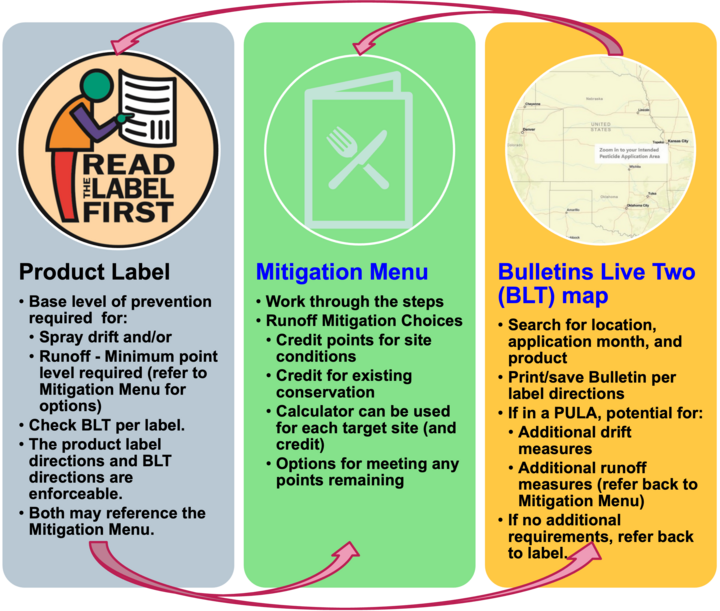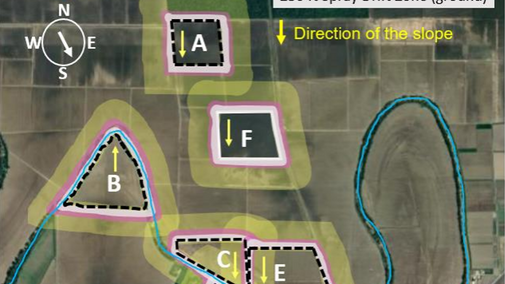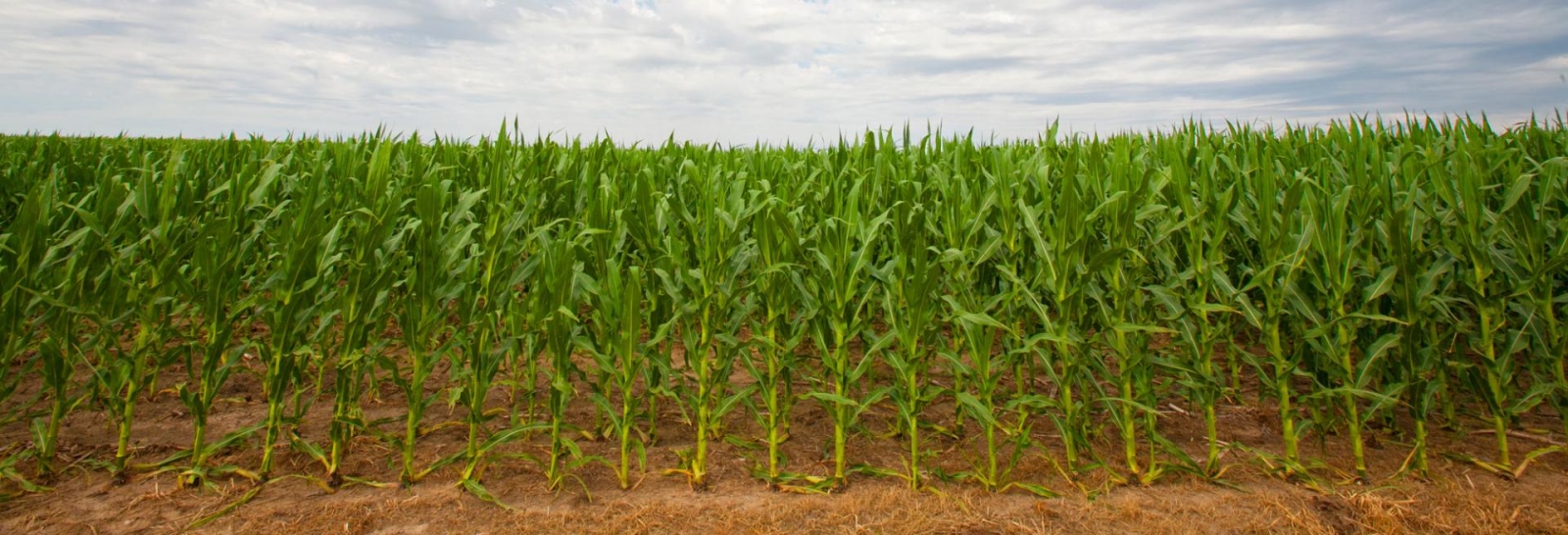You’ve likely heard about national changes coming to pesticide product labels to protect federally listed threatened and endangered species (listed species) from pesticide impacts. The information below is intended to help explain what has happened, what likely will happen, and how to comply with new label language for the protection of Nebraska’s listed species. Recently registered products are provided as an example — these are the first products to have gone through the registration process and have the protections described below on the label.
Background
For decades, the EPA tried to comply with the Endangered Species Act (ESA) on a pesticide-by-pesticide, species-by-species basis. However, because this approach is very slow and costly, it resulted in litigation against the agency and uncertainty for users about the continued availability of many pesticides. At the beginning of 2021, the EPA faced almost two dozen lawsuits covering thousands of pesticide products for failure to meet ESA obligations for pesticides. Some of these lawsuits resulted in courts removing pesticides from the market until the EPA ensured the pesticides complied with the ESA. As a result, the EPA developed new strategies to provide protections for hundreds of listed species up front as each product goes through registration or registration review. This allows the EPA to protect listed species much faster while ensuring products stay on the market for growers. Currently, these new protection strategies only target conventional herbicides, insecticides, rodenticides, and fungicides with agriculture uses. However, similar changes are expected to pesticide products used outdoors.
The ESA strategies themselves are not regulatory but rather the method for which the EPA will register active ingredients. The bulletins and pesticide label, summarized below, are regulatory documents that need to be followed to comply.

How This Will Affect You
Your product label may require a minimum level of mitigation measures (or actions) to protect “generalist” listed species most anywhere in the state. These are listed species that don’t have specific, definable locations and that rely on a variety of plants or animals for survival. The measures or restrictions will be required adjacent to any habitat that is not considered “managed land” to reduce risks to listed species and the plants, insects or animals they depend on. There will be measures for reducing spray drift to these habitats and measures for reducing pesticides in runoff water adjacent to these habitats.
- For spray drift, there may be minimum buffers between the application area and the protected habitat. Buffers can be reduced using certain spray equipment (ex: hooded sprayers) or with the presence of windbreaks.
- For runoff, mitigation measures will need to add up to a point level specified on the label (this level will usually be less than described in the following paragraphs). The label will reference a website for the Mitigation Menu, which will help you determine what is needed. It has a step-by-step process for determining whether runoff mitigations are needed and, if so, the options available to you. There are “relief points” or credits that vary based on site conditions (soil type, slope and rainfall) and whether you participate in a qualified conservation program or follow recommendations from a technical specialist. It could be that the relief points for your target site meet or exceed the points required, such that no additional mitigation is needed. The Mitigation Menu will have descriptions of each measure, how they can be used, and the minimum standard required for each one. Many of the mitigation/conservation measures will be familiar to you, and you will get credit for measures you are already implementing that meet the standard. Keeping records of your mitigation actions will also count toward the points needed for runoff mitigation. There is a calculator to keep track of the measures and credits for each target site for this purpose.
In addition to the restrictions found on the product label, there will be a label statement requiring the user to check the Bulletins Live! Two (or BLT) map to determine if your target site is in a Pesticide Use Limitation Area (or PULA) that requires additional restrictions. You’ll need to check this map within six months prior to your application. These areas (PULAs) may require additional drift and/or runoff measures adjacent to habitats, depending on the active ingredient/product. Not all active ingredients/products will require these additional measures, but you’ll need to check the BLT map to determine that. Instructions can be found on the BLT website. Printing or saving a copy of the bulletin is advised to document that you checked BLT, even if there are no specific restrictions for your active ingredient, location and month of application.
- If your target site is not in a PULA or if there are no further restrictions for your product(s) in that area, the measures specified on the label will be all that are needed. Printing or saving the bulletin for your month of application — even if it doesn’t contain restrictions for product(s) you will be using — documents that you followed this portion of the label directions.
- If your target site is wholly or partially within an area marked on the map, you’ll need to determine if your product has additional restrictions. Select the application month and the product registration number, or simply select the target month and click your shaded target area. The printable bulletin will contain information about any additional restrictions.
- The bulletin may reference the Mitigation Menu for both the drift and runoff mitigation measures. The runoff reduction measures will need to add up to a point level specified in the bulletin. This level will likely be higher than what is specified on the label — nine points will be the maximum required. The higher level (either that on the label or that in the bulletin) will be the required level to meet. However, just as described above, there are credits that can be subtracted based on your site and application situations.
Because this will be implemented on product labels over time and because the maps in BLT will change periodically, it’s important to get in the habit of checking BLT regularly — within six months prior to your planned application.
Recently, the EPA announced that it approved registrations for new active ingredients glufosinate-P and glufosinate-P ammonium. Each have label-directed mitigation for both drift and runoff, and direct users to the Mitigation Menu as well as Bulletins Live Two. The labels of these products can be found in EPA’s Pesticide Product and Label System (BASF product, and MCCLS product). Please look at these labels to see where these directions are found, and follow the links as instructed to become familiar with the process of determining what is needed at sites familiar to you.
Conclusion
This will take time and practice to learn, and you may need help from a trusted friend or advisor familiar with the process. There will be a critical need for communication, especially when the applicator is someone other than the landowner/tenant of the target site.
NDA will be working with the University of Nebraska Pesticide Safety Education Program, county extension educators and specialists, USDA Natural Resources Conservation Service offices, commodity organizations, certified crop advisors, agronomists, and pesticide registrants to get the word out about these changes. NDA will also be asking for assistance from these partners to help applicators through the steps to achieve compliance.
Enforcement of these new regulations will be carried out the same as our current program operates, which is enforcing the Nebraska Pesticide Act. When a product label requires mitigation measures and/or consultation of Bulletins Live! Two and is involved in an inspection or investigation, NDA will confirm that the additional mitigation measures are met as required at the time the applicator accessed the website, which must be within six months prior to the application.
If you have questions on this topic, please feel free to email or call Craig Romary or Libby Walsh at (402) 471-2531.
Helpful Links
- EPA’s Mitigation Menu (and mitigation calculator tool)
- Bulletin’s Live! Two Map (EPA)
- One-page BLT Guide (EPA)
- Nebraska’s Rare Species — Includes range maps, life history, and habitat descriptions. (Nebraska Game and Parks)
Mention of product names or companies does not constitute an official endorsement by the State of Nebraska or the University of Nebraska, nor does it assign any preference to the exclusion of others not mentioned.

